Rotterzwam grows oyster mushrooms on coffee grounds . But what if the entire country suddenly works from home due to a pandemic? That has a significant impact on our impact.
Coffee grounds are a universal breeding ground for mold. We've all left our coffee grounds in the machine too long. Within a few days, green mold has formed. That's essentially the principle we use. But because we're working from home so much, we face a double challenge with our coffee grounds.
- The first challenge is the supply of coffee grounds. Nearly all our customers have seen their coffee grounds supply decimated. On average, it's only 20% of the pre-COVID quantity.
- Because coffee grounds mold so quickly, we must receive them at the nursery within three days of brewing. Otherwise, they're already too contaminated with other molds, and we can no longer grow mushrooms on them. Because our customers' coffee machines are used less frequently, they also need to be refilled and emptied less frequently. As a result, the coffee grounds we receive at our nursery are often contaminated with other molds.
As a result, we quickly concluded that we needed to temporarily find a different substrate [a growing medium for the mushroom]. Oyster mushrooms grow on cellulose sources, such as sawdust, dead wood, cardboard, and straw.
The latter is also the material used in traditional oyster mushroom cultivation. In the video below, we demonstrate that we switched to homemade straw substrate for our mushroom cultivation in April 2020.
As long as the problems with obtaining sufficient fresh coffee grounds persist, we will use a mixture of homemade straw substrate for our cultivation.
We're still collecting coffee grounds from our customers. This year, it will be used for the " Back to the Soil " project. In this project, we're working to get coffee grounds off the waste stream.
The coffee grounds we can't use for workshops or Back to the Soil are sent to the biodigester. Our goal is to close the loop entirely within our own operations within two years by composting them in-house. Then there will be no more waste, only compost.
Update September 2020 : After several runs using our own straw substrate, we concluded that our machines are optimized for producing coffee substrate, not straw substrate. Therefore, we decided to purchase 100% organic straw substrate from a producer in North Brabant.
Update April 2021: More coffee grounds are slowly becoming available, but they are still heavily contaminated with green mold. We are testing various mixes with coffee substrate.
Update October 2021: We're back to producing coffee substrate every week. It's still far from the scale we want. We expect to further scale up our coffee substrate production in the coming months.

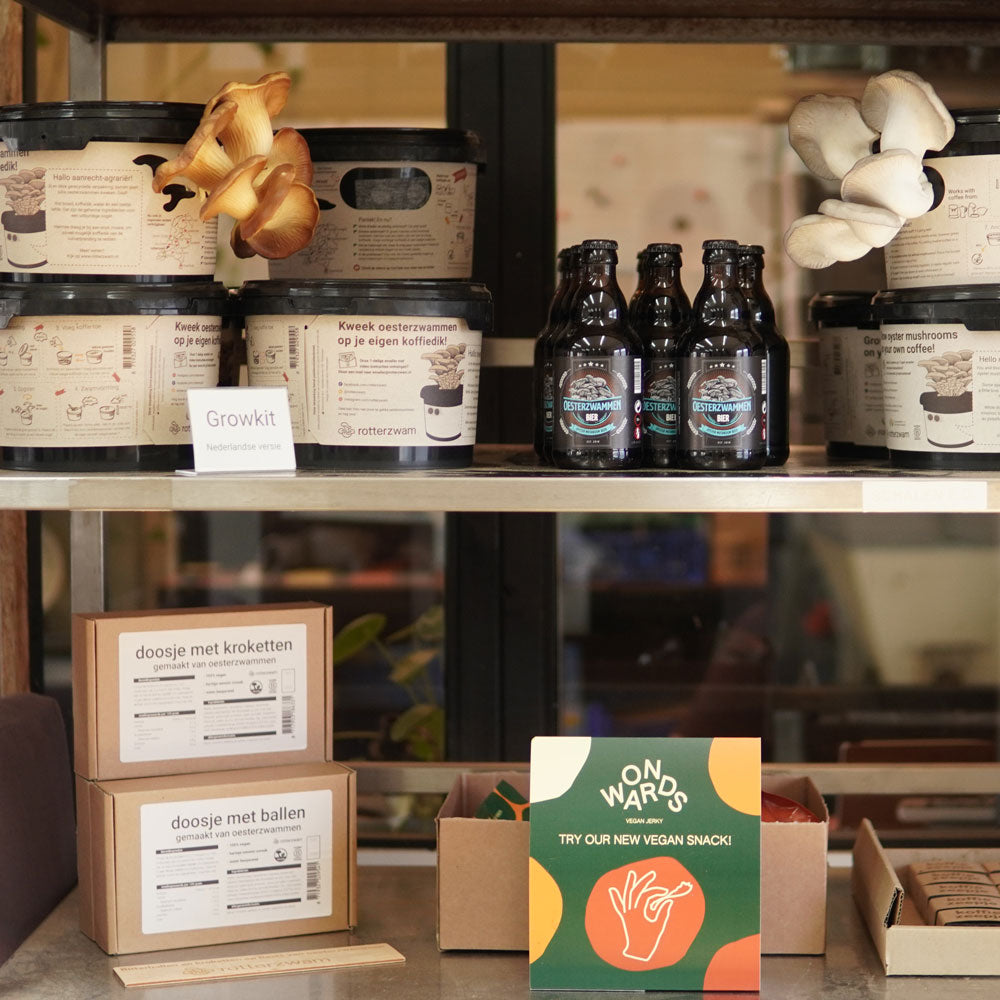
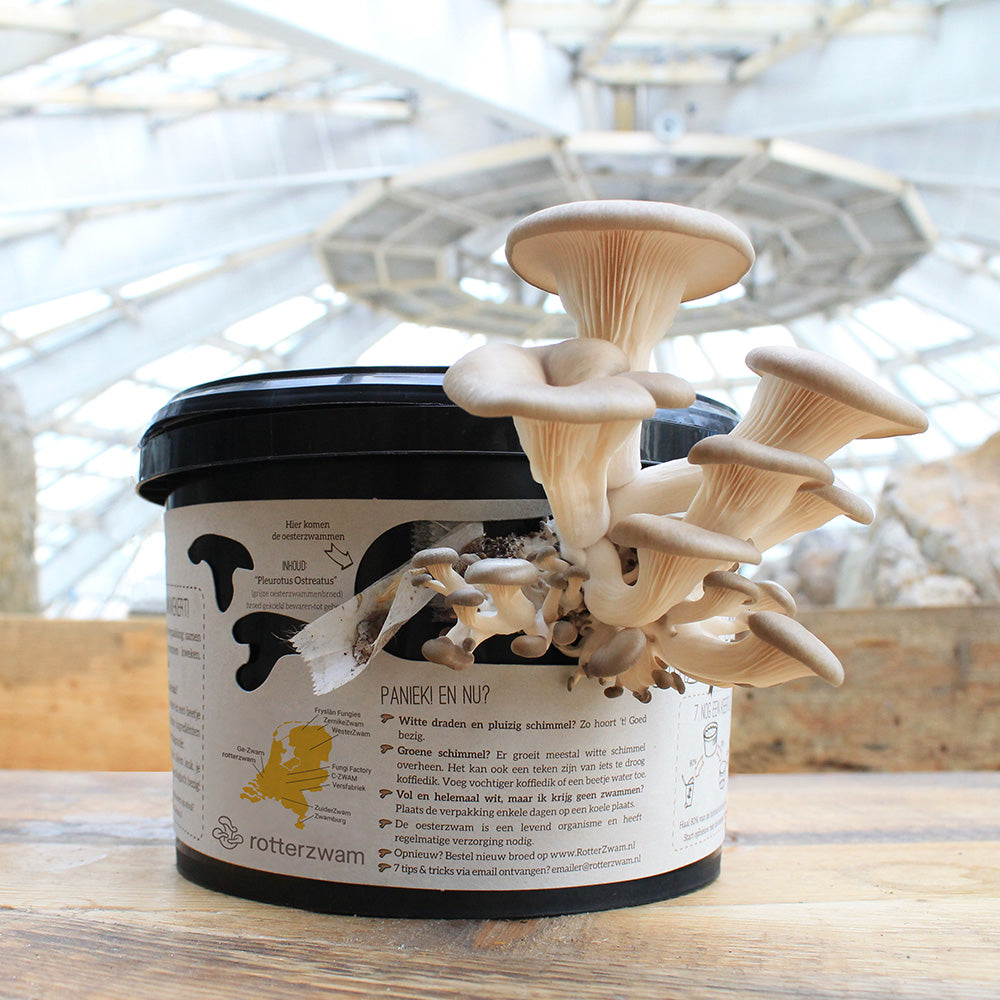
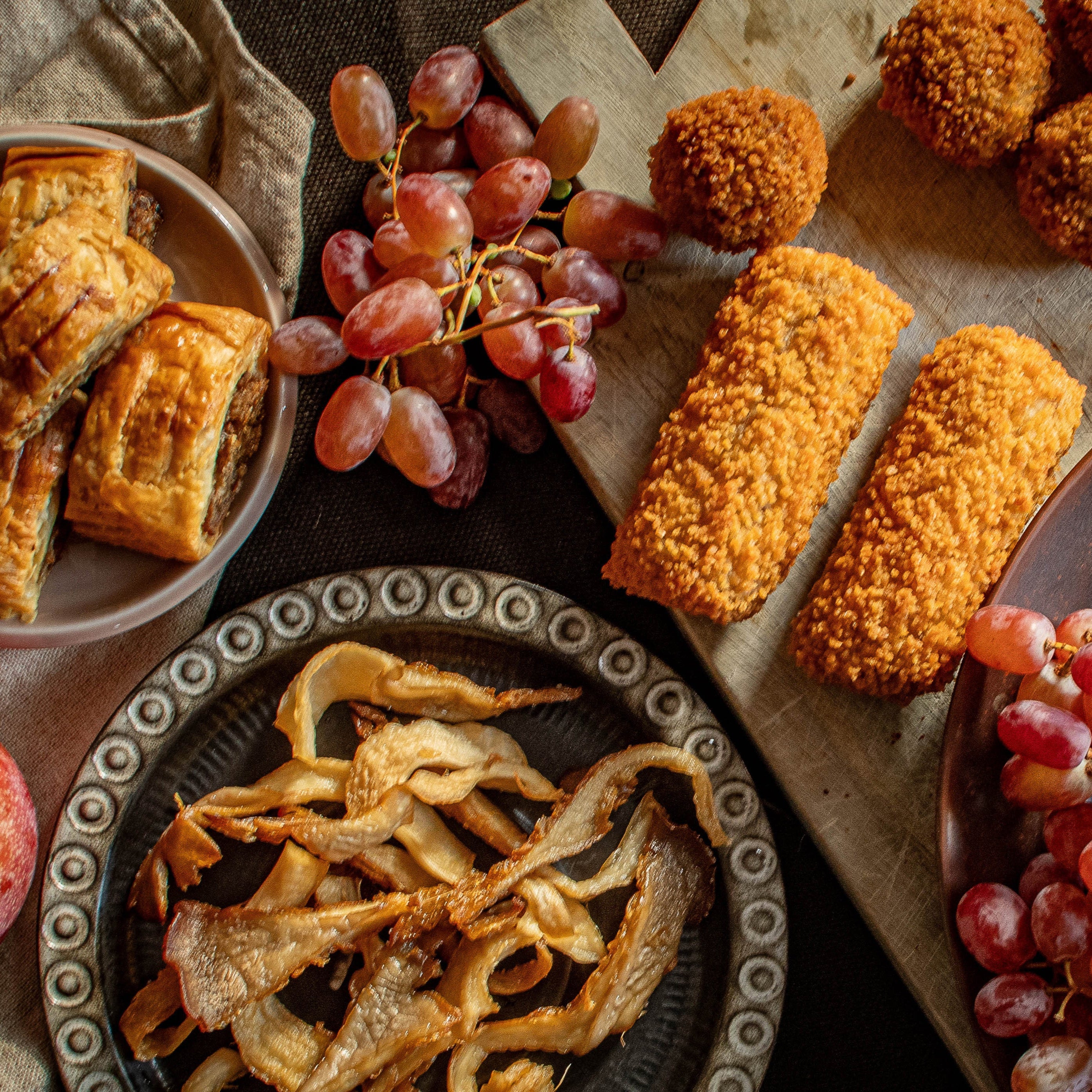

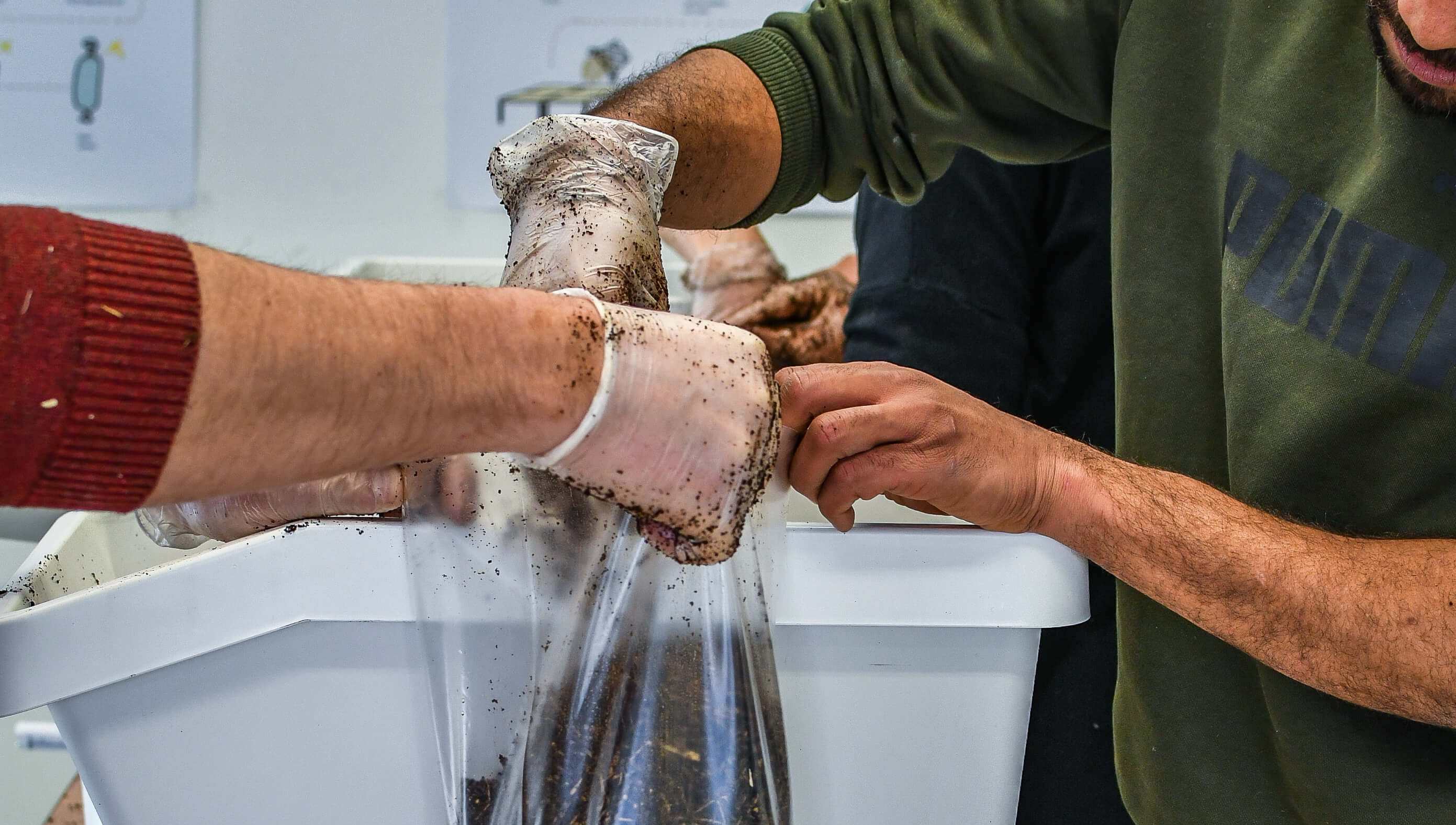
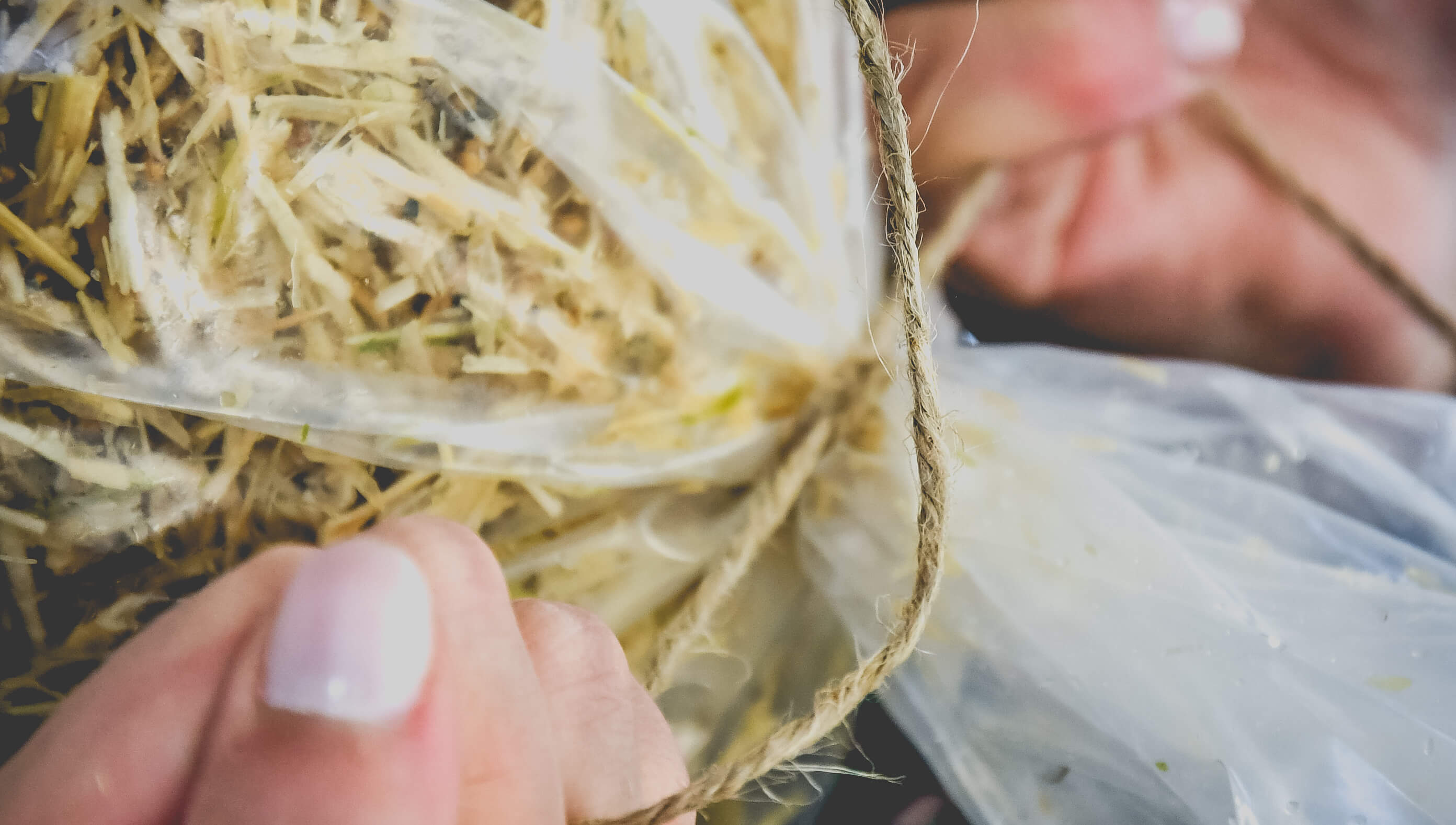
Leave a comment
All comments are moderated before being published.
This site is protected by hCaptcha and the hCaptcha Privacy Policy and Terms of Service apply.